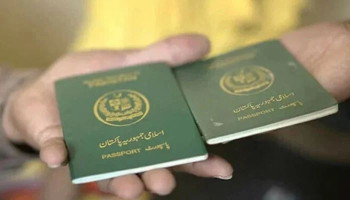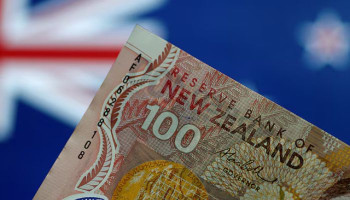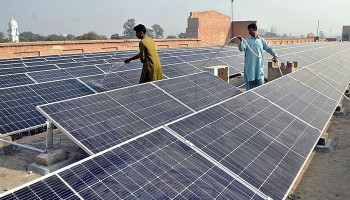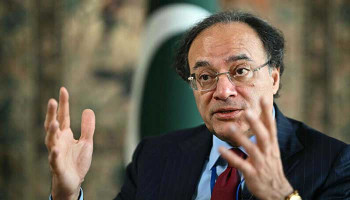
Pakistan's economy is experiencing a remarkable resurgence, with foreign investors investing in local bonds for the first time in five years. This sudden influx of foreign investment is a testament to Pakistan's successful economic stabilisation efforts.
What drives this successful revival?
The economic crisis in Pakistan started to decline in 2020. Foreign reserves were decreased, the rupee's value fluctuated, and inflation was coming up.
However, from these economic crisis hitches, the International Monetary Fund came in and brought stability into the economy at the hands of the government. These efforts have paid off, making Pakistan an attractive destination for foreign investors.
Read more: How much tax is deducted on prize bond money?
A report from the State Bank of Pakistan showcased that net overseas inflows into treasury bills surged to $875 million in 2024, a turnaround from four consecutive years of outflows aggregating $1.4 billion.
Pakistan's treasury bills now offer attractive 16-17% interest rates, among the highest in Asia.
Key economic indicators
- Foreign reserves have increased to their highest level in over two years.
- The benchmark stock index has risen by 73% in the last 12 months; making it the world's best performer.
- Dollar bonds have returned almost 40% this year.
Finance Minister Muhammad Aurangzeb recently had a meeting with foreign investors led by JPMorgan Chase & Co on Tuesday (October 15) to discuss fixed-income investment opportunities. The government has assured the investors of its support in facilitating their investments.
















